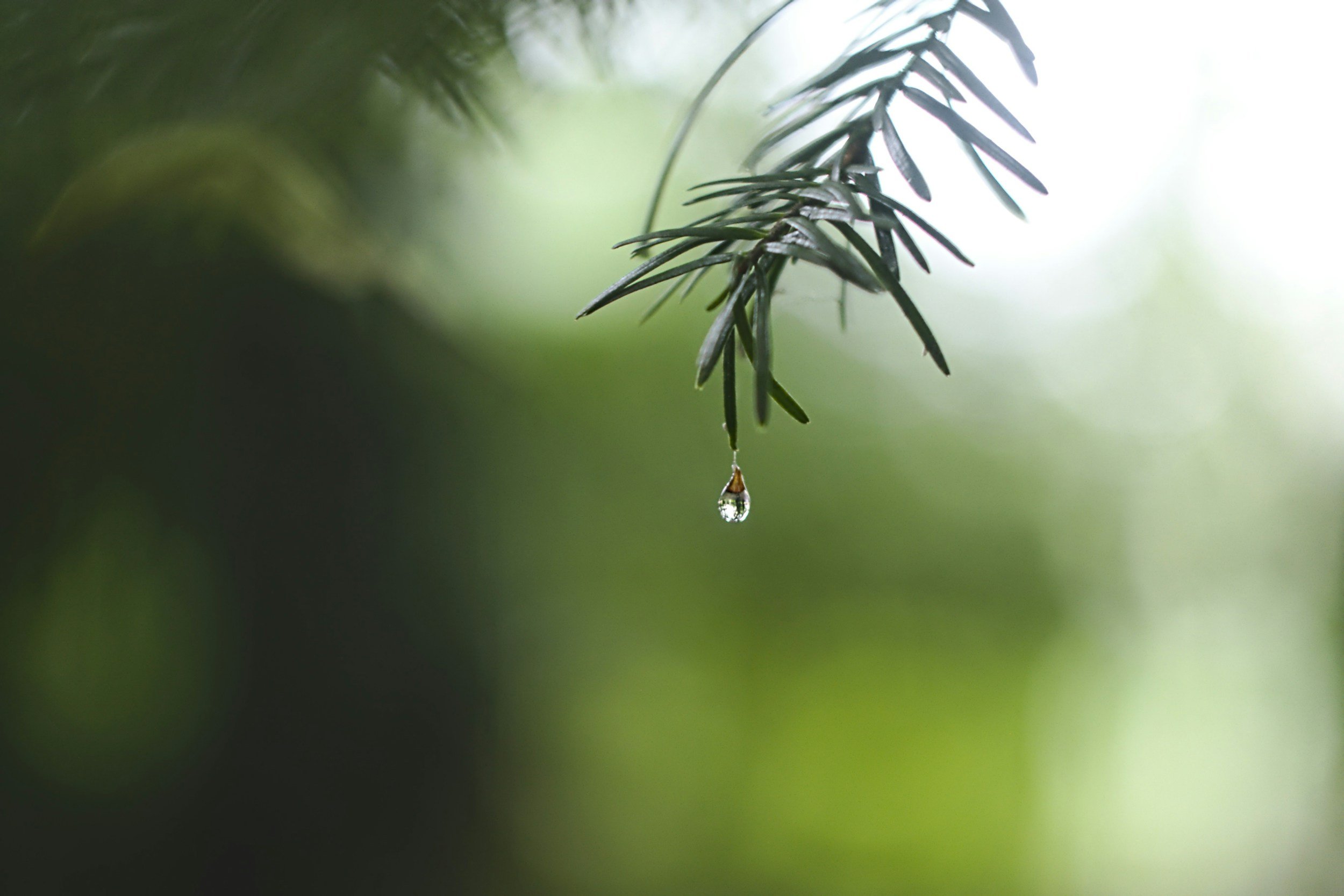
Natural Sequence Farming
A new approach to keeping water in the landscape.
The Background
Peter Andrews
Peter Andrews, often referred to as P.A., is the originator of Natural Sequence Farming. By listening to the way the Australian landscape originally functioned, he discovered this technique of farming that worked with, rather than against, landscape hydrology. His journey is well-documented through Australian Story and through his books, Back from the Brink and Beyond the Brink.
The Australian Landscape
According to P.A., the Australian landscape before human intervention tens of thousands of years ago functioned as a series of wetlands on steps in the landscape. The rivers that we know today flowed much wider and slower that they do today. The massive biodiversity above and below ground created an incredible water-holding capacity that provided a buffer against both drought and flood.
Natural Sequence Farming
To utilise this original setup of the Australian landscape, P.A. developed Natural Sequence Farming (NSF), using his Hunter Valley farm Tarwyn Park as a testing ground. By utilising contours, water can be held higher and longer in the landscape, slowing its flow and allowing more plants to grow.
Tarwyn Park Training
Stuart Andrews, P.A.’s son, founded Tarwyn Park Training to teach these principles and practices to farmers all around the country. With a perfect balance of theory and practice, the courses cover everything from the background theory to the practical applications of how to implement on your place.
The Andrews Story
A great place to start to understand the Andrews family story is Charlie Arnott’s Regenerative Journey podcast episodes featuring both Peter and Stuart Andrews separately. Although there is a clash in approach between father and son, these interviews show that the principles are what unites them.
Mulloon Institute
The Mulloon Institute uses Natural Sequence Farming principles, using both contours and chain of ponds work to rehydrate landscapes. TMI also does a lot of advocacy and consulting work in engaging with governments and corporates to implement landscape restoration on a large scale.
The Principles
-
De-energising water in the landscape allows more time for plants to uptake, providing conditions for a diversity of plant life to flourish.
-
In NSF, "weeds" are seen as indicator plants. Categorised between "Accumulators", "Exploiters", and "Balancers", all plants have a reason for growing on your patch. Our task is to manage the system for greater diversity.
-
Understanding the role of livestock as nutrient recyclers will enable you to best manage them to improve the fertility of your place.
-
The NSF framework breaks land units into accumulation, production and filtration areas. By using plants to filter the water, you gain the fertility and provide your downstream neighbours with cleaner water.
-
We are always fighting a battle against gravity. As fertility moves down the landscape, we can harvest that fertility and deposit it on the higher parts of our property, starting the cycle again.
The Framework
-
Located at the top of the landscape, accumulation areas are where we want to gain fertility. Planting trees and building small wetlands can help build this nutrient bank, which gravity will slowly transport through the lower parts of the property.
-
This middle third of the landscape is the traditional production area. Whether you are growing crops or cattle, a healthy diversity in this production area will give you the best chance of utilising the fertility you've built higher in the landscape.
-
Placed at the bottom of the land unit, the filtration area is where you get to accumulate as much fertility as you possibly can before it leaves your place. This will leave you with a product to harvest and return to the top, keeping the nutrients flowing on your place.
Tools
Contour Banks
Contours Banks (or simply, Contours) are earthen constructions which create a dead-level channel along the landscape. The theory is that this bank will hold water in a large rainfall event, preventing it from running off. This water will then seep through the soil slowly, feeding fertility on the downstream side. In some cases, the contour will hold water for an extended period and a wetland ecosystem is established with reeds and rushes. Although livestock are ideally excluded on establishment, they are constructed to allow grazing in the long-term.
Chain of Ponds and Leaky Weirs
By creating a somewhat permeable barrier in our streams and drainage lines, we can slow down the velocity of the water, reduce the risk of erosion and provide a habitat for more biodiversity. When implemented effectively, this chain of ponds creates a water on water (WoW) effect which de-energises the water and allows sediment to drop out.